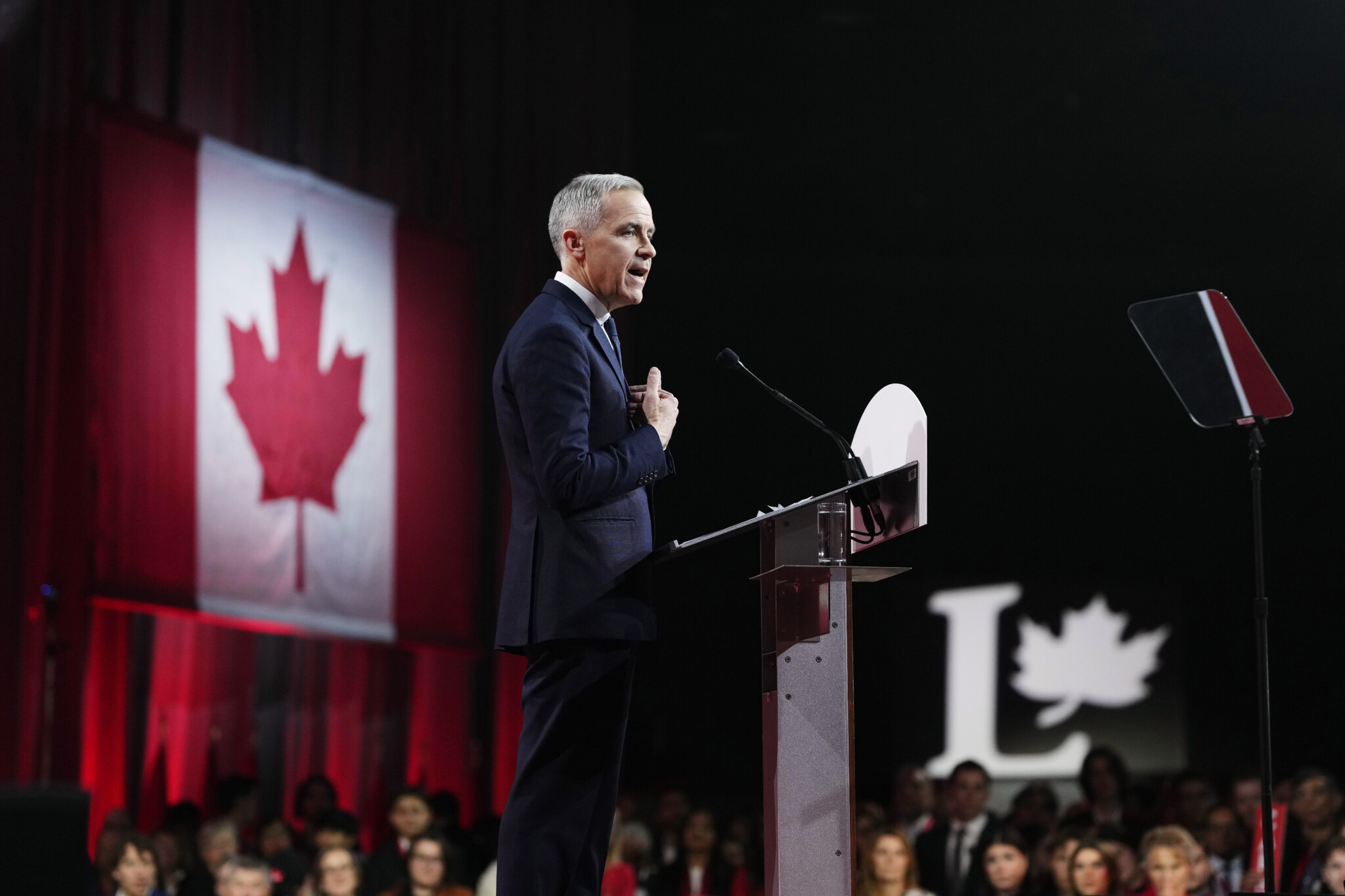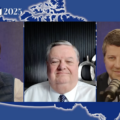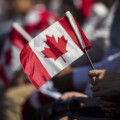As Canada’s federal election campaign launches, CEO of Ipsos Darrell Bricker provided The Hub with an analysis of the political landscape, revealing a contest that’s become a pure test of leadership between Prime Minister and Liberal leader Mark Carney and Conservative leader Pierre Poilievre. With just six weeks until voting day, Bricker’s insights expose the vulnerabilities and opportunities for both campaigns in what may become a historic realignment election.
Here are three key takeaways from their discussion:
- The Liberal campaign is a high-risk “Hindenburg” strategy: Carney’s Liberals are gambling everything on his personal brand as a steady leader amid Trump’s trade wars, but any misstep could cause a catastrophic collapse. The party has shifted the ballot question from policy to leadership, with only 6 percent of Canadians believing Carney will “rollover” for Trump versus Poilievre’s 31 percent being the crucial differentiator.
- Poilievre’s uphill battle against “MAGA North” perceptions: Conservatives must overcome damaging comparisons to Trump while expanding their coalition to working-class voters. Poilievre’s policy-focused rallies and positive demeanor aim to counter Liberal attacks on his leadership credentials.
- NDP collapse reshapes progressive voting bloc: Jagmeet Singh’s failure to capitalize on Liberal weakness has left the NDP at historic lows (10 percent). The progressive vote is consolidating around the Liberals, mirroring the united conservative coalition that formed in the 1990s-2000s.
The Liberal gamble: Flying too close to the storm
Bricker delivered a striking metaphor for the Liberal campaign, comparing it to the ill-fated Hindenburg airship. “There’s so much that could go off for these guys,” he warned, noting the campaign’s complete dependence on Carney’s ability to maintain his image as Canada’s steady hand against Trump’s volatility. Recent polling from Ipsos shows just 6 percent of Canadians believe Carney would “roll over” to Trump, compared to 31 percent for Poilievre—a gap the Liberals will exploit relentlessly through comparison ads.
Yet Bricker sees fragility in this approach. He says the Liberals have abandoned policy debates to focus entirely on leadership, leaving them vulnerable if Carney stumbles.
“When any of those sparks go off…are they enough to cause ignition in the helium and bring this thing down?” Bricker questioned, suggesting the campaign could collapse quickly if Carney’s technocratic facade cracks.
Conservatives battle the “Maple MAGA” label
For Poilievre, Bricker identifies a dual challenge: shaking the “MAGA North” perception while executing an unprecedented working-class outreach strategy. The Conservative leader has notably appeared alongside trade union representatives—once unthinkable for the party—as he courts disaffected voters in Northern Ontario, the Maritimes, and British Columbia.
“Canada is not working [for them],” Bricker observed about Poilievre’s target demographic. “They don’t feel they can get the house that they should be living in, [and they] can’t start the family they want to have.”
This message resonates powerfully with younger, less affluent voters who’ve abandoned the Liberals, which, as described by Bricker, has “completely flipped” traditional voting patterns, which saw Conservatives draw from the upper middle class.
NDP’s missed opportunity reshapes political math
The collapse of NDP support to 10 percent—well below historic levels—has created unexpected complications for both the Liberals and Conservatives. Bricker criticized Jagmeet Singh for failing to press Carney during the Liberal leadership transition, comparing his inaction to former NDP leader Jack Layton’s more aggressive tactics. “He should have taken them down a year ago,” Bricker stated.
The NDP’s missteps have allowed the Liberals to consolidate progressive voters, recreating the “contagion from the Left” strategy that brought Justin Trudeau to power. Bricker notes the Liberals are now poaching both NDP and Conservative policy ideas, with Carney positioning himself as a non-ideological consensus builder—a classic Liberal maneuver dating back to Pierre Trudeau’s era.
The realignment election?
Bricker sees signs of a fundamental political shift, with younger voters flocking to the Conservatives while older, more affluent Canadians are sticking with the Liberals. This inversion of traditional voting blocs could redraw Canada’s political map if Poilievre can maintain his working-class appeal without alienating centrists spooked by Trump comparisons.
As the campaign progresses, Bricker will be watching for two key indicators: whether Carney can maintain his flawless technocrat image under intense scrutiny, and if Poilievre’s policy-focused positivity can overcome the “Trump North” narrative. With the NDP effectively sidelined, this election may ultimately turn on which leader can best embody stability during turbulent times—a test that could redefine Canadian politics for a generation.
Generative AI assisted in the production of this story. If you are quoting from or referencing this episode, please refer to the audio to verify.








